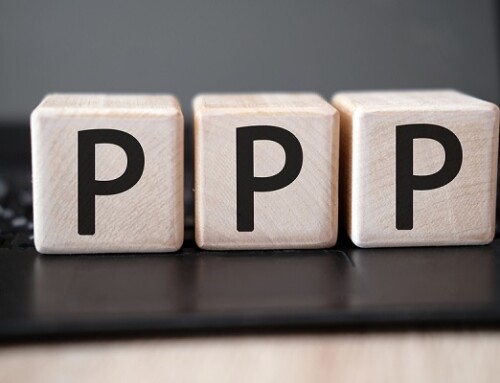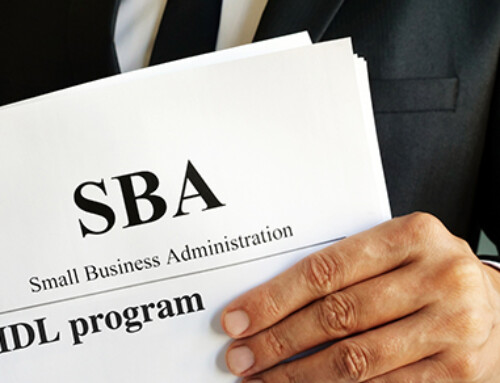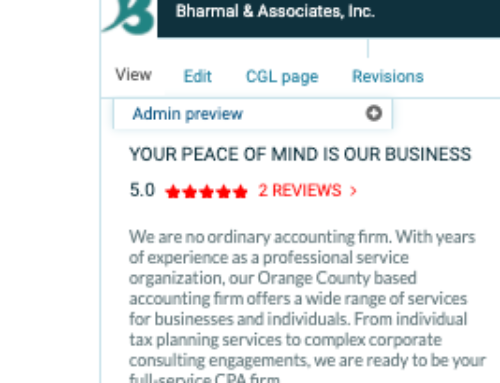COVID-19 CARES Act Creates Five-Year NOL Carryback
For many years, thanks to the net operating loss (NOL) provisions, the tax code gave you quick cash in your pocket if you had an overall net loss in a tax year. Unfortunately, starting in 2018, the Tax Cuts and Jobs Act (TCJA) took away your ability to get almost instant benefit from your NOL. Now, due to the COVID-19 pandemic, Congress temporarily restored your ability to get fast cash from your net operating losses—even losses incurred in prior years (2018 and 2019).
NOL Defined
You have an NOL when certain deductions exceed your gross income. An NOL generally occurs when you have a net business loss for the tax year.
Example. John has a Schedule C loss of $40,000 and $10,000 in wage income from a part-time job. John’s NOL is $30,000.
COVID-19 Temporary NOL Rules
The CARES Act suspends the TCJA limitations on your NOLs for tax years beginning in 2018, 2019, and 2020, which means you can
- carry back your NOL five years and carry it forward indefinitely, and
- apply 100 percent of the loss.
You can also elect to waive the carryback and only carry forward the NOL.
Claiming Your Refund
The best way to claim a refund from an NOL carryback is to use the “tentative refund” procedures by filing either
- Form 1045, Application for Tentative Refund, or
- Form 1139, Corporation Application for Tentative Refund.
If you qualify to use these forms to claim your refund, you get two benefits:
- The IRS makes only a limited examination of the claim for omissions and computational errors.
- You receive your cash refund within 90 days of filing your application.
Normally, to qualify to use this procedure, you’d need to file your application no later than 12 months after the end of the tax year in which your NOL arose. Therefore, for NOLs on a 2018 Form 1040, you’d normally be out of luck, as the deadline was December 31, 2019. But the IRS has given you mercy: you have a six-month extension to file your Form 1045 or Form 1139 if you have an NOL that arose in a tax year starting in 2018 and that ended on or before June 30, 2019. For example, if your NOL was on your 2018 Form 1040, you now have until June 30, 2020, to file Form 1045. You’d better hurry!
,





